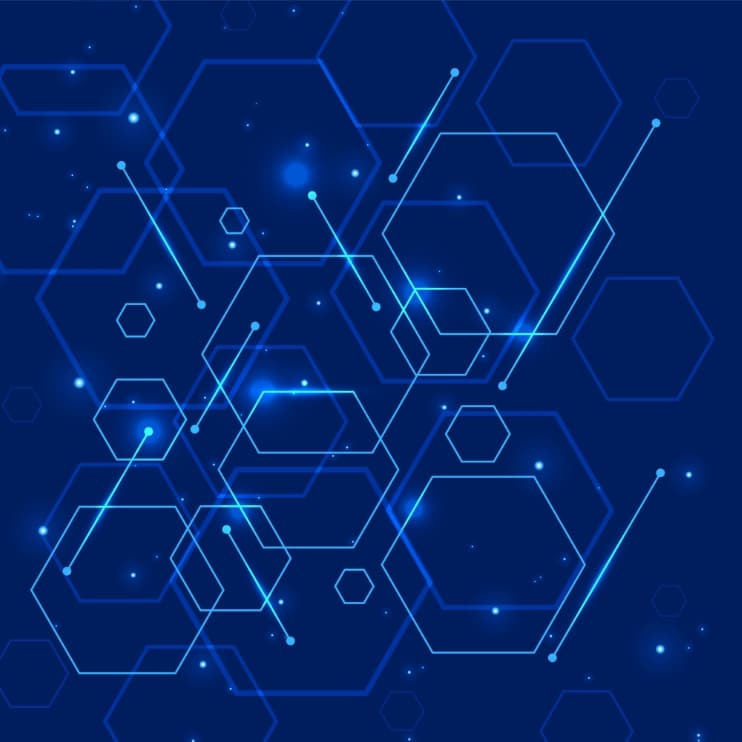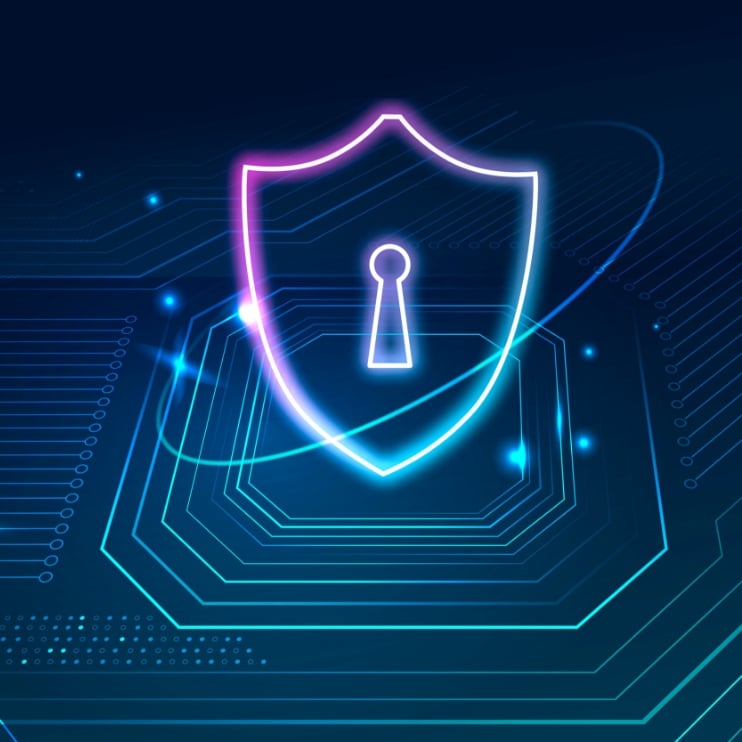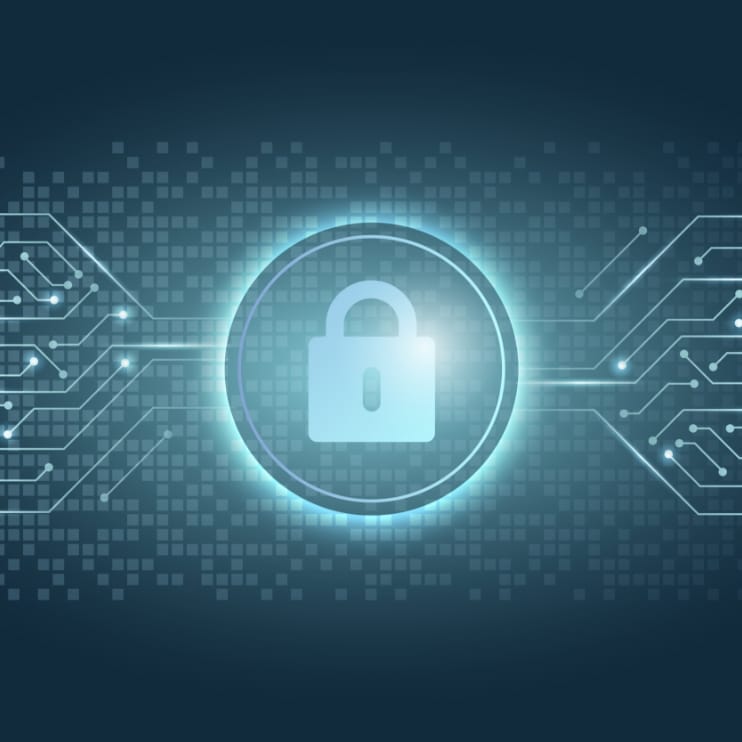Chenilles Network: the Future of Decentralized Commerce
Scalable payments and contracts for all blockchains and currencies
The Chenilles Network is our next-generation State Channel network, that enables contracts as well as payments across blockchains and currencies.
Like the Bitcoin Lightning Network and other existing State Channel networks, Chenilles is (a) scalable, thus fast and cheap, (b) self-custodial, thus safe from third-party risk, and (c) capable of transferring value along paths in the Network.
Unlike these first-generation State Channel networks, (d) Chenilles is programmable, and allows contracts as well as payments; (e) these contracts in turn enable swaps or futures between tokens; (f) Chenilles can work across blockchains.
Chenilles therefore supports non-custodial transfers from any currency to any other currency, across blockchains.
Chenilles is the future of Decentralized Commerce, a decentralized alternative to much of the banking and payment settlement industry.
We at MuKn have already started building Chenilles on Ethereum, for use as a payment system for decentralized utilities, and are now developing its full version across blockchains.


Applications of Chenilles
Chenilles supports the following innovative use cases not previously possible in a fully decentralized way:
- Instant payment from any currency to any currency.
- On-ramp and off-ramp between stable coins and centralized systems.
- Decentralized banking and payroll using the above capabilities.
- Micropayments for decentralized metered utilities.
- Private smart contracts that outsiders can’t even see exist.
- Auctions, swaps, futures, trades, etc., of any token including NFTs.
Chenilles can realize the promise of blockchain as a viable alternative to centralized finance.
State Channels: Scalability and Privacy without Compromising Safety
State Channels were invented in 2015 by Joseph Poon and Thaddeus Dryja as the basic block of the Bitcoin Lightning Network, enabling fast, affordable and private micropayments as a Layer 2 on top of Bitcoin’s Layer 1.
The Layer 1, i.e. posting transactions directly on the blockchain, is always simpler and safer than any Layer 2. But the Layer 2 of State Channels allows for more transactions, faster, and more private, than is possible on the Layer 1.
Furthermore, unlike many other Layer 2 solutions (i.e. sidechains and bridges), State Channels do not require any additional trust assumption compared to the Layer 1: it only requires trusting the underlying Blockchain, and trusting one’s own computing infrastructure, both of which are already prerequisites for exchanging digital assets on Layer 1.
Compared to Layer 1, though, a State Channel does require its participants to lock some funds in the channel, and to maintain an active and regular presence on the network; it also only works between a relatively small set of agreeing participants. State Channels are therefore not suitable for every use by every user.


Innovative Extra Benefits of Chenilles Network
Beyond what other State Channel networks do, Chenilles allows participants to send tokens across blockchains, so you can send one token and the recipient would get another. With some work, it can even be made to interoperate with the Bitcoin Lightning Network itself.
Beyond what other State Channels do, Chenilles allow any pre-agreed set of participants to exchange any set of tokens, including NFTs, according to any agreed upon algorithmic rules.
Beyond what other State Channel networks do, contracts on Chenilles does not have to be written identically in two or three languages (e.g. Solidity, Go and JS for contracts on Celer), wherein any discrepancy between the three variants is a cause for asset loss. Instead, our Glow language allows DApp developers to write only once a single contract one tenth the size that is simpler, safer, cheaper, more portable, and runs identically on all supported blockchains, with or without State Channels, with or without zk-SNARKs.
Chenilles can also leverage the specific capabilities of each blockchain that its State Channels run on, such that contracts on Filecoin will be able to invoke conditions relative to data stored on the Filecoin network.
Value
The technical capabilities of Chenilles set it far ahead of current State Channel technology, as they allow it to:
Increase the scalability and privacy of transactions on the blockchain’s network, thereby creating utility for users, and increasing the value of the network and its token.
Interoperate with other blockchains in a safe and efficient way, increase the value of the entire cryptocurrency market, and benefit commensurately.
Become an early adopter of the Chenilles network and capture a larger part of its mindshare than the other blockchains that will only be supported later.
Create synergies wherein by combining a Lurk contract and a State Channel, the Lurk contract interactions can be made to scale whereas the contractual conditions attached to the State Channel will remain private even in the case the channel must be closed without the full cooperation of all participants.
The Chenilles network can be an extremely valuable addition to a blockchain’s ecosystem. Indeed, an entity tied to a specific blockchain might cause some other blockchains to fear giving an advantage to whichever rival appears as the leader, whereas a blockchain-agnostic entity will reassure them that they will get a fair treatment in a cross-chain network that benefits all participants.
Other existing State Channel networks (such as Kchannels, Raiden, Connext, Perun, Celer, StateChannels.org, etc.) work on Ethereum, and possibly on other blockchains. And there may be other blockchains worth to which to port Chenilles. When Chenilles is more advanced, we will consider which are worth interoperating with.
A complete implementation of a mother of all State Channel Network capable of interoperating. Such a Network will involve an Ethereum variant of each of the 11 steps of the Bitcoin Lightning BOLT specifications, plus additional steps and further generalizations so as to accommodate seamless interoperation between State Channel networks.
